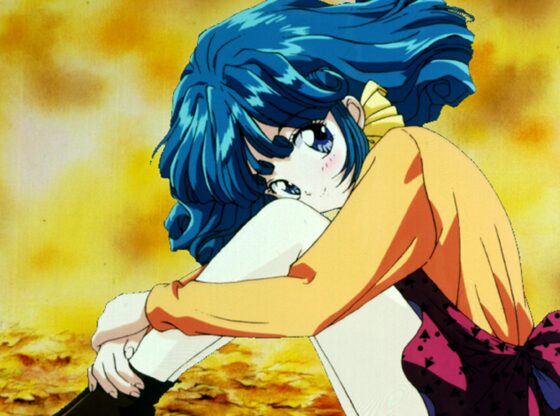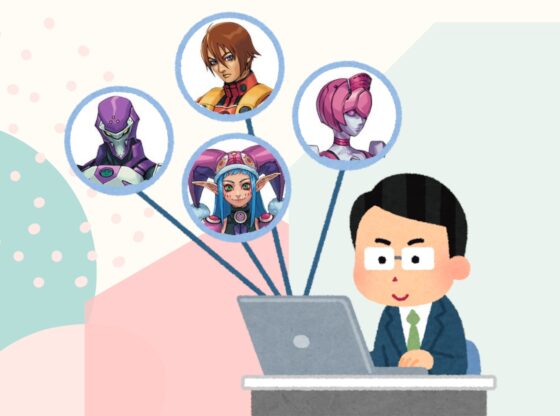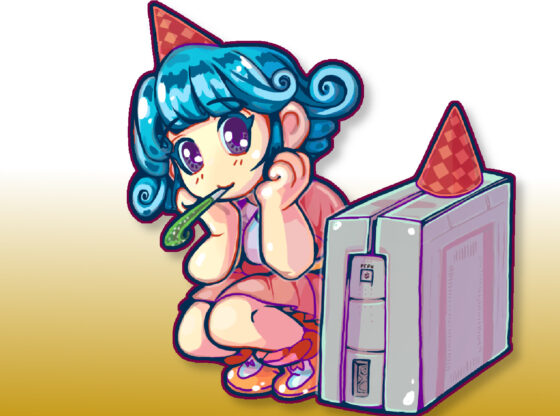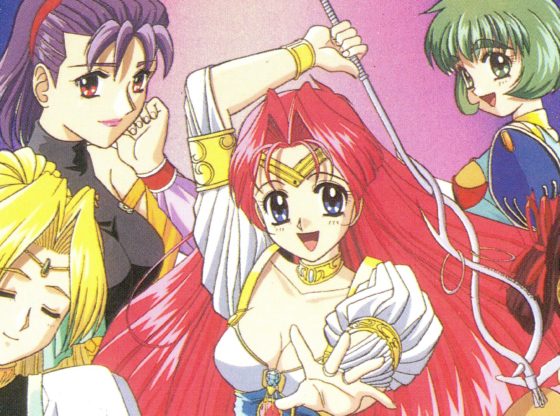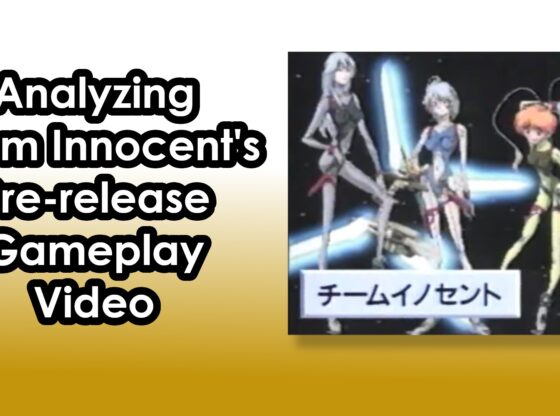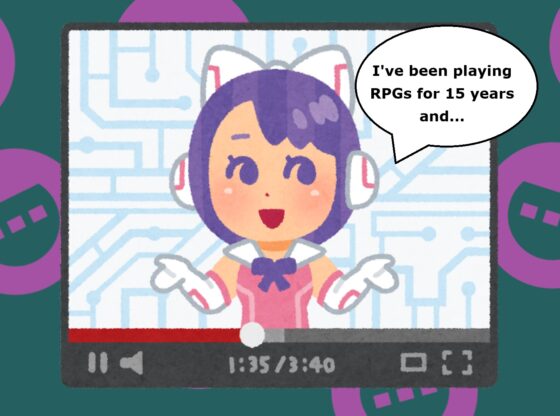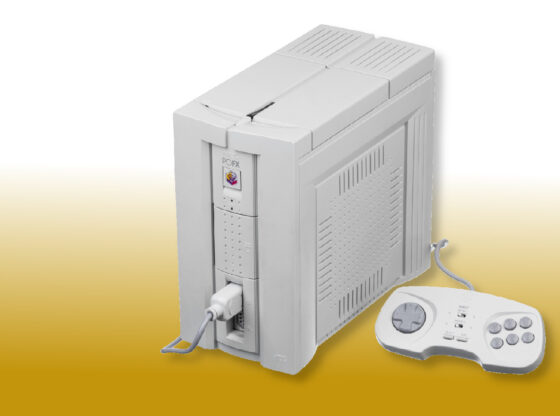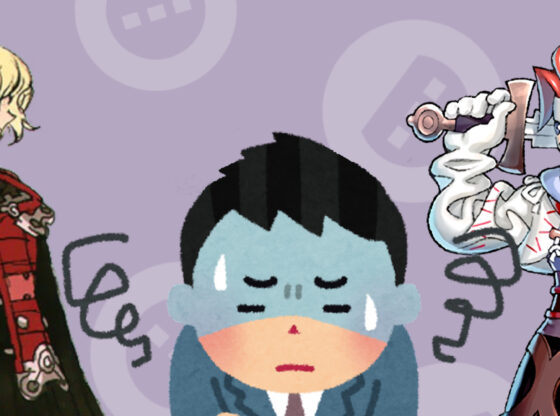
Before Spirit Tracks, The Legend of Zelda series had no relationship to trains. If you asked a Zelda fan what they would think of the series adding in trains, they’d probably be disappointed. Sure enough, when we did get trains, Zelda fans were disappointed. But really, if you sit down and think about Link in a train shooting canon balls at innocent sheep while kidnapping bunnies and not have the most amazing image in your head… Well, you’re crazy… Or sane. I don’t know which. Unfortunately, as awesome as that image may be in your head, it is not nearly visually tasty as that. But don’t underestimate the power of the train.
The Legend of Zelda Spirit Tracks takes place 100 years after Phantom Hourglass. A new Hyrule has been raised after the flood and and the people have settled in quite nicely with their new homeland. This tale, as always, puts you in the shoes of the series main protagonist, Link! Being the manly child-man Link is, at his young age he has already been approved to be a licensed train engineer.
Upon receiving his newly found license from Princess Zelda, she speaks to Link about her fear of a growing dark power. After some minor investigation, they find it to be true. But the dark power doesn’t leave them unharmed. Instead, it pulls Zelda’s spirit out of her body. Not being tied down by mortal form, Zelda supports Link on his adventure to get her body back and stop the threat from destroying the new-found Hyrule.

In most Zelda games, Zelda remains a figure who is seen near the beginning and the end of the experience. With Spirit Tracks, the series takes an interesting approach by partnering her up with Link for nearly the whole adventure.
Spirit Tracks’ writing holds true to the style of Wind Waker and Phantom Hourglass by adding a bit of humor here and there and never taking itself too seriously. This leaves a lot of opportunity to give Zelda some personality as Spirit Tracks often pokes fun at her stereotypical girlish fear of mice and other things.
Those who enjoyed Phantom Hourglass will find plenty of nods to the last game along with some returning characters. Some of which are directly carried over, while others are decedents, like Linebeck’s grandson who has a ball harassing Link just like his granpapa. Even if it is only a little bit. If you enjoyed how Phantom Hourglass’ story panned out, then Spirit Tracks will pull you right back into the world.
When it comes to the overall structure of the game, Spirit Tracks plays it quite safe. Those who have played past Zelda titles should know exactly what to expect. You’ll visit towns, traverse the overworld, complete dungeons and temples, etc. Most of the dungeons are your typical Zelda-fare; forest, fire, ice and so on. These don’t exactly offer anything new, but Zelda fans know what they’re getting into.
This time around Link has a more limited tool set, but older tools are used more often than past titles. There are still a few that are only useful in certain situations. The new items, while visually interesting, are pretty much copied and pasted from the last game in terms of use. Of course, other classics appear – like the boomerang and the bow.
Thankfully, for those who played Phantom Hourglass, there is nothing like that horrible, horrible, rip my eyes out and eat them experience that was the Ocean King’s Temple that required ridiculous amounts of back tracking and retreading of the same ground and puzzles over and over and over again.
Players still return to a central dungeon, known as the Spirit Tower, but no backtracking is required. The dungeons provide quite a few unique puzzle elements that you won’t find in any other title in the franchise.
Zelda, being a spirit, has the ability to posses Phantoms, which are basically large suits of armor. Players have to use both Link and the Phantom armor to get past obstacles, battle, and solve puzzles. Zelda can also possess different types of phantoms that introduce new elements to these puzzles and influences how she and Link interact. It is a refreshing take on both combat and puzzle solving for the series.
When it comes to the Nintendo DS, Nintendo likes to force touch controls. The Legend of Zelda Spirit tracks is no different. Almost the entire game is controlled via the touchscreen. This largely works well when controlling Link, but don’t be surprised if you accidentally send him rolling straight into enemy or off a ledge.
The Phantom controls 100% via the touch screen. During some of the more hectic battles, this can cause some trouble. When commanding the Phantom, Link is completely vulnerable. The control set-up isn’t necessarily ideal when attempting to plan actions quickly. This can cause you to take a lot of unnecessary damage, especially when two or more enemies are on screen at once.
Lastly, the game also has a heavier focus on microphone controls than Phantom Hourglass. There is a single weapon that uses the microphone, but generally it works without much of a problem. When the microphone controls become an issue, it is when using the Spirit Flute, the instrument of Spirit Tracks.
The flute requires players to blow into the microphone to play it, while using the touch screen to choose different notes. The game is pretty lenient on recognizing songs from the flute, but some of the more precise songs towards the end can become troublesome due to the imprecise control of the microphone. All you can do is try, try and try again until the game deems your performance as passable.
Now that I’ve complained about every aspect of the gameplay, except the train, let’s talk about how awesome the train is.
Link, being a train engineer, can drive a train all over Hyrule using Spirit Tracks. These tracks disappear fairly early in the game, thanks to spoiler plot points. As you progress, you will unlock more tracks to traverse the lands.
The actual driving of the train works very much like the boat does in Phantom Hourglass, where players plots a path to the location they desire while shooting innocent and non-innocent animals with cannon balls. They can also pick different levels of speeds.
How the train feels is a completely different story from the boat though. Those who picked up Steel Diver on the 3DS will know that feel when trying to control the train, except in Spirit Tracks there’s actually a game to go along with the cool controls.
You have to really plan ahead to make sure your ride goes smoothly. Overshoot a train platform and you could ram your prized transportation device right into a solid rock wall. If you don’t pay enough attention, you might run into another enemy train where you both explode.
The train rides can get a bit lengthy, especially before you have access to any warps. You have to drive on set paths from point A to B, so there isn’t much room for shortcuts. The train moves at a good speed, but the overworld is maybe a little too large.
In terms of actual content, Spirit Tracks is a fairly lengthy quest and there is plenty of extra content to keep players coming back. Players can collect rabbits, stamps and other items to obtain heart pieces, larger pouches, train parts etc. Players can also unlock new tracks to open up new areas by playing a transportation mini game where you transport either a civilian or goods to a location.
Finally, there is multiplayer. Unfortunately, it only supports local multiplayer and isn’t exactly worth mentioning, consisting of just four players battling over force gems and using traps. It’s a bit of a step back from Phantom Hourglasses’, but it’s not exactly a missed feature.
Visually, Spirit Tracks looks almost identical to Phantom Hourglass. The cel-shading still looks impressive on the DS, but lots of assets have been recycled from the last game. The frame rate holds up fine when on foot. But when things get busy while on the train, the frame rate drops significantly.
It isn’t enough to make it unplayable, but it does effect gameplay. On the audio side, there is also some reused tracks from Phantom Hourglass, but most of the soundtrack consists new or remixed tunes.
Overall, Spirit Tracks is a solid Zelda title and a more polished game than Phantom Hourglass. There are still quite a few problems here, but many of them are in relation with the imprecise touch screen and microphone controls.
While the train is definitely an appealing aspect of Spirit Tracks, sometimes the ride can get a bit too lengthy. Those looking for some new twists to the Zelda franchise might find portions of the game to be very enjoyable, but many of the base values here only somewhat work. Chances are, if you like Zelda and don’t expect Spirit Tracks to topple your favorite Zelda game, you’ll find the title well worth experiencing.
Score: 9.1
Pros:
- Refreshing new puzzle and battle elements
- Gives Zelda, as a character, a lot of personality
- Unique train sections
Cons:
- Flawed touch screen and microphone controls
- Lengthy train rides




